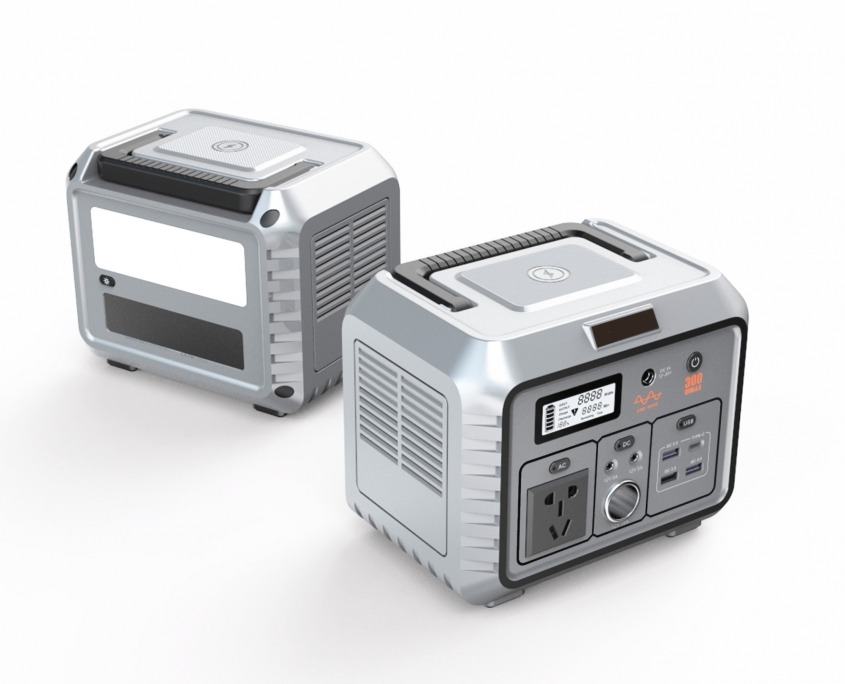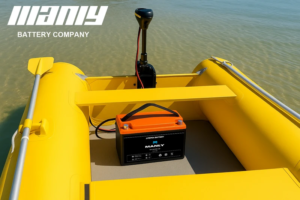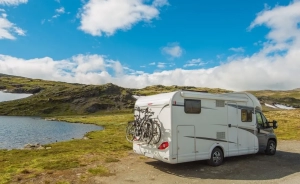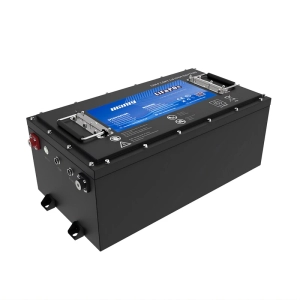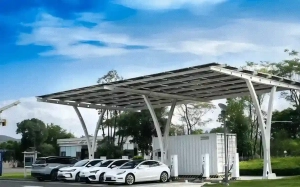The Future of Portable Energy Storage: 2023 Trends
Table of Contents
The Rise of Portable Energy Storage: What You Need to Know
Energy storage helps power systems stay steady. It's used in different ways. For example, it can be portable, for homes, for businesses, or for the grid. Portable energy storage is a new trend. People call it "outdoor power." It's like a small fuel generator. But, it has a big battery inside. It's safe and easy to carry. It can give both AC and DC power. Its battery can store between 100Wh-3000Wh. It has many plug types. It can charge phones, laptops, drones, fridges, and more. It works with many devices. Plus, solar panels can charge it. The portable storage business is growing. It's great for consumers. It's easy to use and cheap to keep. People use it for outdoor trips. It helps in emergencies. Medical teams can use it. It's used where there's no power. It makes mini power systems.In 2021, the US was the top market for it. They had about 47.3% sales. Japan had 29.6%. Together, they were over 75%. China makes most of these. They make 90% of them. In 2021, few people used it outdoors or in emergencies. Only 2.3% and 3.0% did. There's room for this to grow. There's a high demand. A Chinese group says by 2026, the world will buy a lot. About 31.10 million units. Worth about 12 billion dollor.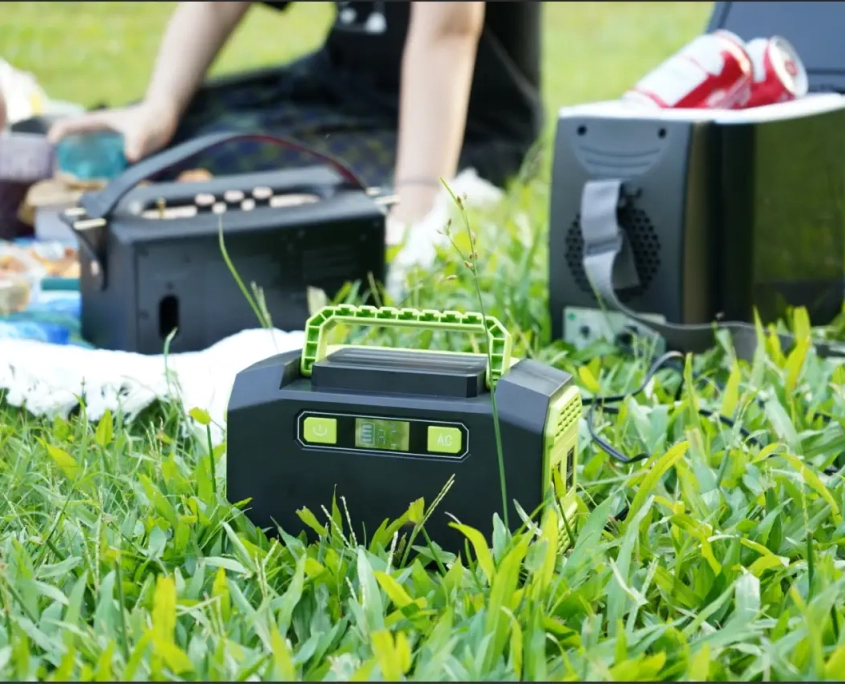
Portable vs. Home Energy Storage: Key Differences
Portable storage is smaller than home storage. But, it's easier to carry. Home storage is square. It's attached to power equipment. It's fixed on home walls. Portable storage looks like a box. It has a handle. It's easy to pick up and move. Both types use the same tech. They use batteries, inverters, solar tech, and BMS. Their tech is similar. But, they differ in cost, size, and life span. Portable storage companies know the tech well. They can use it for home storage too. They also keep their brand strong. Looking at both industries, some parts are different. But, they have some of the same buyers. Both value brand strength.Breaking Down the Portable Storage Supply Chain
In portable storage, the top products are batteries, inverters, and solar parts. In the middle are the makers. They design, research, and build. At the bottom are channels and brand managers.The Key Components Driving Portable Storage Costs
Portable storage has batteries, converters, circuit boards, and shells. Top parts like batteries, inverters, and solar power are special. They're hard to copy. There's plenty in our local market. Batteries and inverters cost the most. They're over half the price. Most batteries are round. They last many uses. Light products need big batteries. Batteries are changing. New ones are bigger and better. They're 2.8Ah or more. Bigger than 2.5Ah. They need better materials. They set higher standards for makers. Portable storage will use more round batteries. By 2025, they might need 17.2 billion. According to Hello Tech Energy's records, they earn 50% profit. Their cost is 0.27 dollor/Wh. Breaking down the costs: Batteries (34% of cost). Using 2500mAh 18650 batteries as an example, a 550Wh product needs 61 batteries. That's 0.092 dollor/Wh. Converters (17% of cost) cost 0.051 dollor/W for a 500W size.Unraveling the Portable Storage Industry: From Makers to Market Share
The middle part of portable storage is about making. Makers design, research, and build. Some make their own. Some get others to make. Portable storage is new. Many companies changed to this. They were battery and power companies. Some are small and cheap. Products look the same. Quality and prices vary. Early companies are strong. They have good brands. They can price high. Many companies are trying this now. Competition will grow soon. Top five companies have half the global market. Four are from China. GoalZero is the biggest outside China. Two Chinese companies help make their products.In 2020, Huabao had the biggest share. 16.6%. Next was Zhenghao. 6.3%. Big Chinese companies include Anke and Paineng. Some digital companies are also trying. Like Yubo and Pinsheng. They have some market share. Brands sell to consumers. They make good profits. Brands use M2C. It's direct to consumer. They know what consumers want. They skip middlemen. They react fast. Sellers are online and offline. There are two types for each. Most portable storage sells online.The Rise of High-Storage Portable Products
Portable storage is about safety and ease. The technology gets better over time. This means more storage. Data from China's power group shows a change. In 2016, 3.0% of products had 1000Wh or more. By 2021, it was 10.3%. High-storage products cost more. But they work for more things. More people want them. So, prices and sales might go up.MANLY Battery Support Reliable Portable Storage Battery
MANLY Battery stands out as a top Chinese battery maker with over 13 years of experience. We specialize in making, supplying, and offering OEM battery solutions. Remarkably, we produce more than 6MWh of battery capacity each day. Additionally, we assemble 3,000 batteries daily.Our expansive MANLY battery factory spans 65,000 square meters. With strongholds in Shenzhen, Dongguan, and Huizhou, our presence is substantial. We proudly support our products with a 10-year warranty. The MANLY 12 volt lithium battery and 300W Portable Power Supply are ideal for Portable Storage. Each product boasts a lifespan of more than 5000 cycles. They also come with short circuit protection. Additionally, there's overcharge protection. Over-discharge protection is another key feature. Each product also includes a balanced circuit. Importantly, you can connect multiple series in parallel.